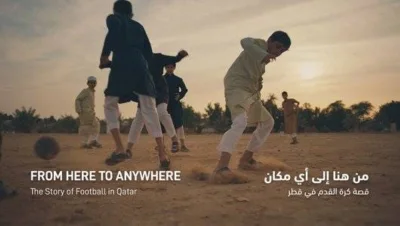In a cool December evening, young Sushma Mahato, dressed in typical Tharu attire with white plain sari, black blouse, a peacock feather on her hair and heavy dazzling silver jewelry, was getting ready for her dance performance.
Pretty and cheerful, Sushma climbed the stage at exactly 7pm. Along with the other young performers, who wore the same Tharu costume, she sang a folk song and danced and swayed gracefully.
The dancers clapped and made several turnarounds as they performed the traditional Tharu dance, called “Jhamta.”
The performance was part of the evening activities at the Tharu Culture House located at Sauraha, Chitwan, a hub made popular by Nepal’s thriving wildlife tourism, some 170km away from the capital.
“I have been dancing here for the last two years. I miss dancing only during my exams or when I’m sick. Or else, we perform all the 365 days in a year,” the 17-year-old Sushma told Xinhua in an interview.
Sushma said every time she dances, she feels a sense of pride for showing a part of Tharu’s unique culture.
“Our dance is the way of promoting our identity as an ethnic group,” she said.
The Tharu people belong to an indigenous group with its own distinct language, tradition, culture and lifestyle. They live mostly in the plains of
Nepal’s Terai region.
Sushma’s mother, 35-years-old Harlaliya Mahato, is also a performer in Thegra dance. She leads 12 other young girls and dance to the music
from drums.
Thegra dance is also known as harvest dance since it is usually performed by Tharu women to thank the spirits for a good harvest and to pray for more abundant harvest in the coming years.
Stick dance is also one of the major attractions of the Tharu culture. Here 12 young boys dressed in T-shirts and white dhoti make simulated attack and defence using long sticks to the sound of drums and
tambourines.
Other dance variations include the Damphu dance, Peacock dance, Jhilli dance and Fire dance, all performed with intricate steps by energetic youths.
Actually, every single Tharu dance has a separate story to share with the spectators.
Since its opening two years ago, the Tharu Culture House has been showing eight different dances every evening from 7pm to 8pm all throughout the week. The house has a total of 45 male and female dancers, most of them in their teens.
The founder of culture house, a local of Chitwan, Giridhari Chaudhary, said their primary aim is to preserve and promote Tharu’s cultural
legacy.
“We also want to contribute in attracting tourists and helping the local economy,”
Chaudhary said.
Chaudhary paid tribute to the Tharu youths for their enthusiasm in promoting their culture and tradition.
Currently, their special hall of the house can accommodate only 350 but because of the influx of domestic and foreign tourists, every evening there are some 50 others who just stand because of lack of seats.
According to Chaudhary, 80% of the people who watch the performances are
foreigners.
In Chaudhary’s extended family of 22, eight are involved in dancing, including his children and grandchildren.
His daughter-in-law Sangita Chaudhary, 26, said she has been dancing with her sisters-in-law and friends since the opening of the house.
“We want to let the world know how rich we are in our culture and tradition,”
Sangita said.
Tharu dance is now synonymous to Sauraha, the place responsible for the rebirth and propagation of the Tharu culture made possible through the enthusiasm and interest of the new Tharu generation.

A Tharu woman in dancer's attire


